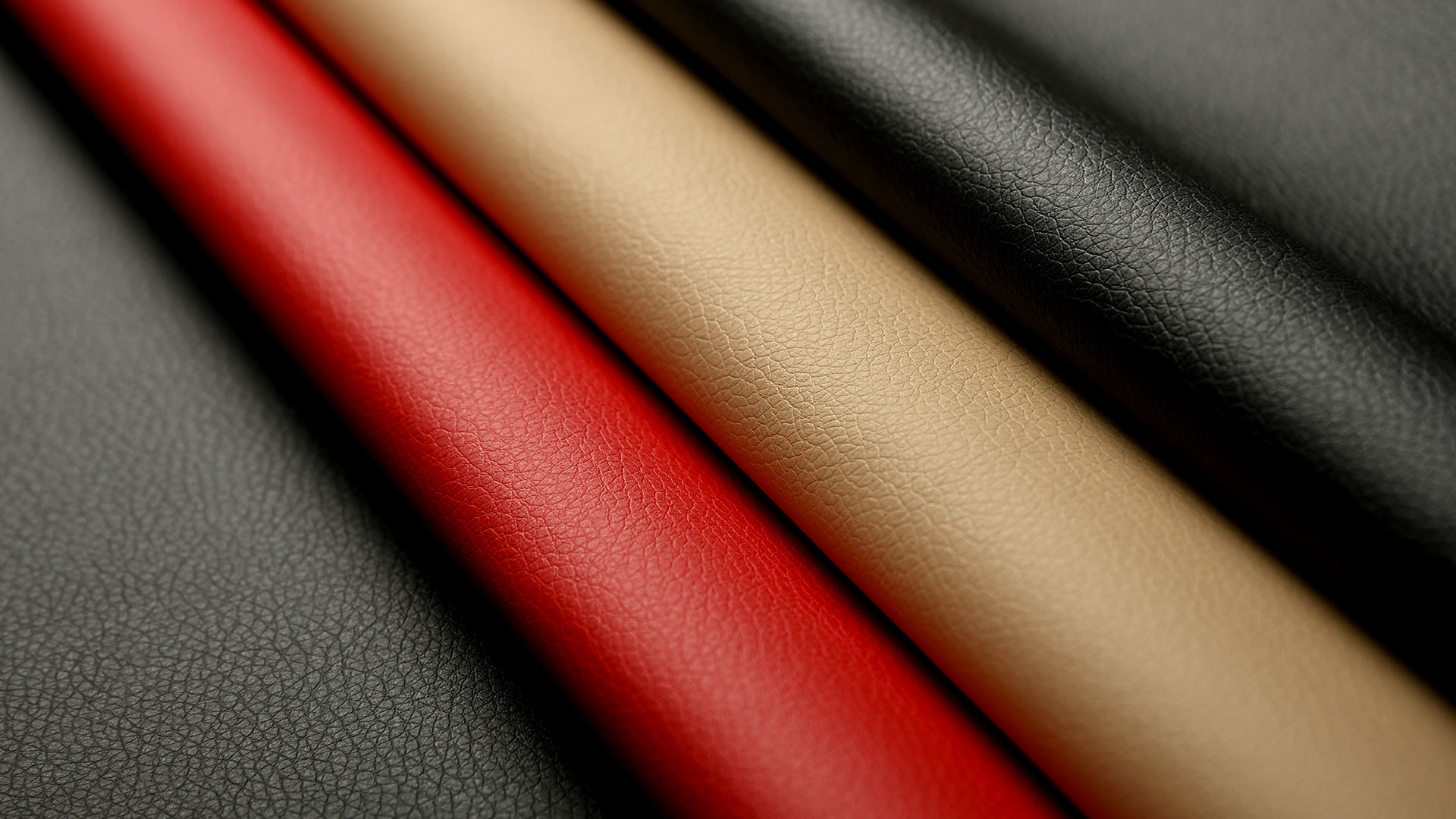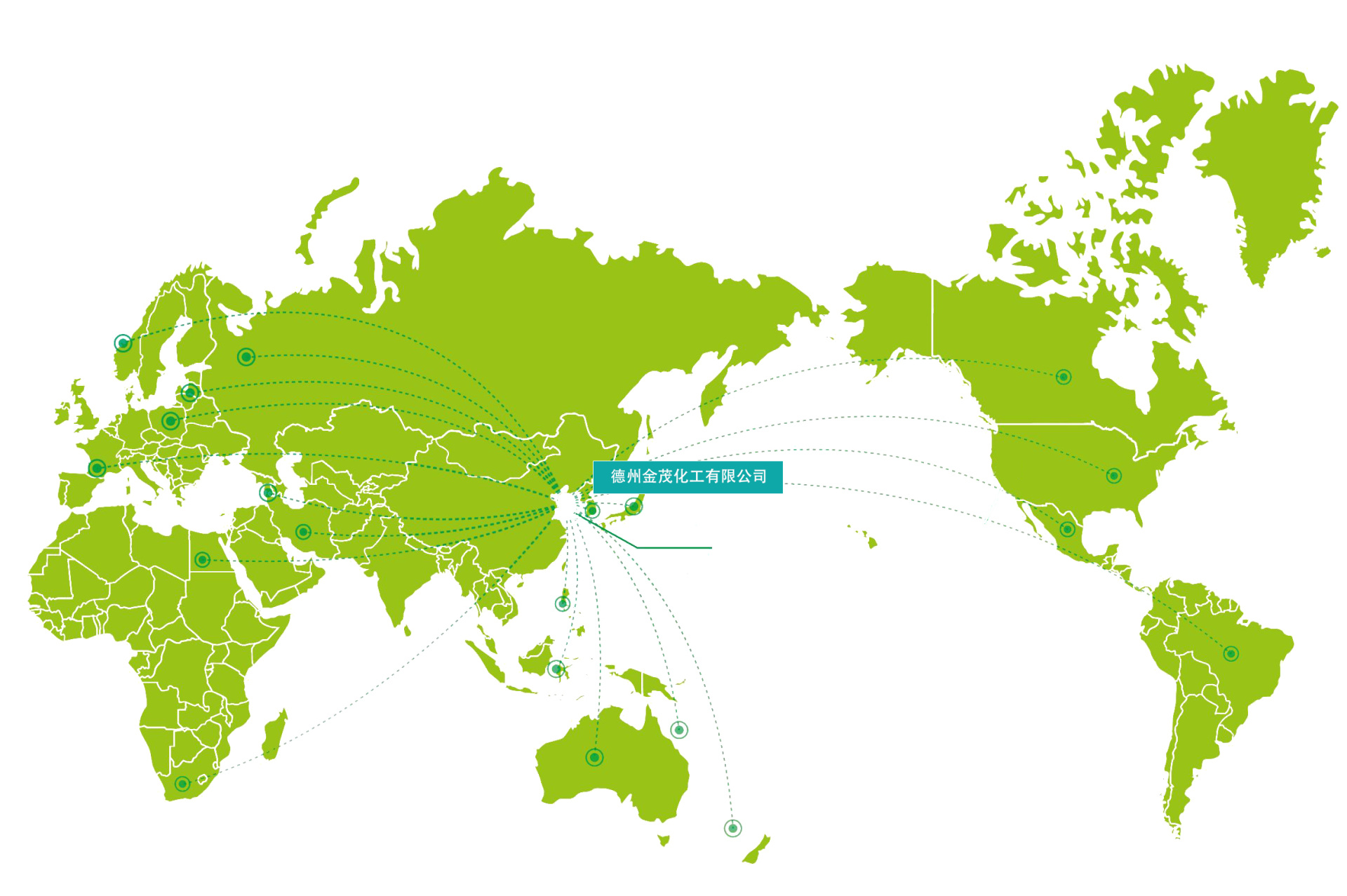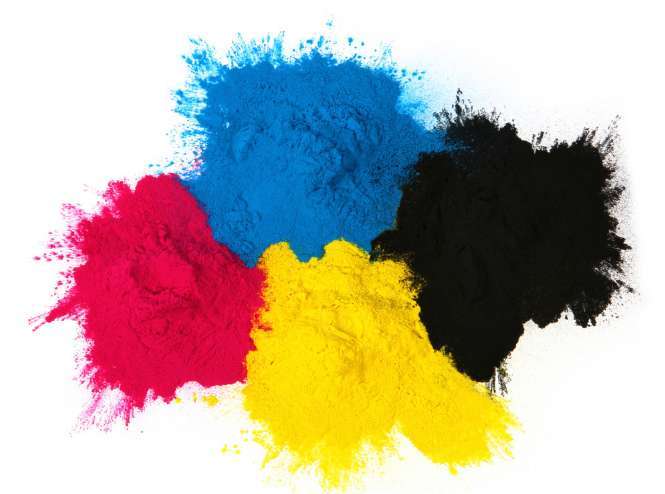What are textile dyes? Here’s a little knowledge sharing about textile dyes!
Textile dyes are coloring agents used for dyeing textiles. They are mainly plant extracts such as fruits and juices, and also contain natural chemical extracts like coal tar. Textile dyes have good coloring properties, are not easy to fade, and do not easily lose color when washed. After dyeing, the fabric's hand feel does not change significantly, and it does not become hard. However, the color saturation is lower than that of acrylic. So, how are textile dyes manufactured?
Dyes are organic compounds that often undergo chemical reactions in the presence of liquids, which is why the world's first synthetic dye was sold in liquid form. Of course, the initial quality was far from what it is today, and it can only be considered the primitive form of today's liquid dyes, with about 20% of the products being liquid at that time, mainly reduction and mordant dyes.
1. Processing of Textile Dyes
The research content of dye processing technology mainly includes the determination and treatment of raw dyes, the study of processing auxiliaries' performance, the design and selection of processing equipment, and the study of processing technology.
This is because if the post-processing technology is complex, it is mainly due to its weak regularity, high individuality, low commonality, and difficulty in summarizing quantitative rules. Therefore, it is said that textile dye processing technology is a combination of science, technology, and experience.
2. Characteristics of Textile Dye Processing
1. There are many varieties processed. Because it is a fine chemical product, the tonnage is generally not large, there are many varieties, and the processing methods vary, so the technology and equipment are quite complex.
Dye factories need to adjust formulas or change varieties based on market conditions, and the equipment must have a certain adaptability, multifunctionality, and strong mobility.
2. High technical content, post-processing includes various contents and requires various specialized knowledge. The processing involves both physical and chemical changes, with many factors interrelated and mutually restrictive.
3. High product quality requirements, commercial textile dyes have various economic and technical indicators, some of which have established national standards, with strict production conditions, stable operations, and operators needing to have high quality and a sense of responsibility.
In recent years, the auxiliaries used for textile dye processing have developed into hundreds of varieties, with the most used dispersants playing an important role in processing results increasing year by year, and their physical and chemical indicators and economic indicators vary. Various types with different molecular weights and sulfonation degrees can be produced, such as lignin dispersants, and the most suitable varieties are selected according to needs.
For the processing of non-water-soluble (dispersed, reduced) textile dyes, a large number of auxiliaries need to be added to adjust strength and other performance aspects, with a wide variety of auxiliaries and different properties. The performance and physical-chemical indicators of the auxiliaries determine their scope of use. Understanding the performance is essential for normal use, and studying the compatibility of auxiliaries to ensure the formula plays its best role is one of the research contents of post-processing technology.
Latest developments







